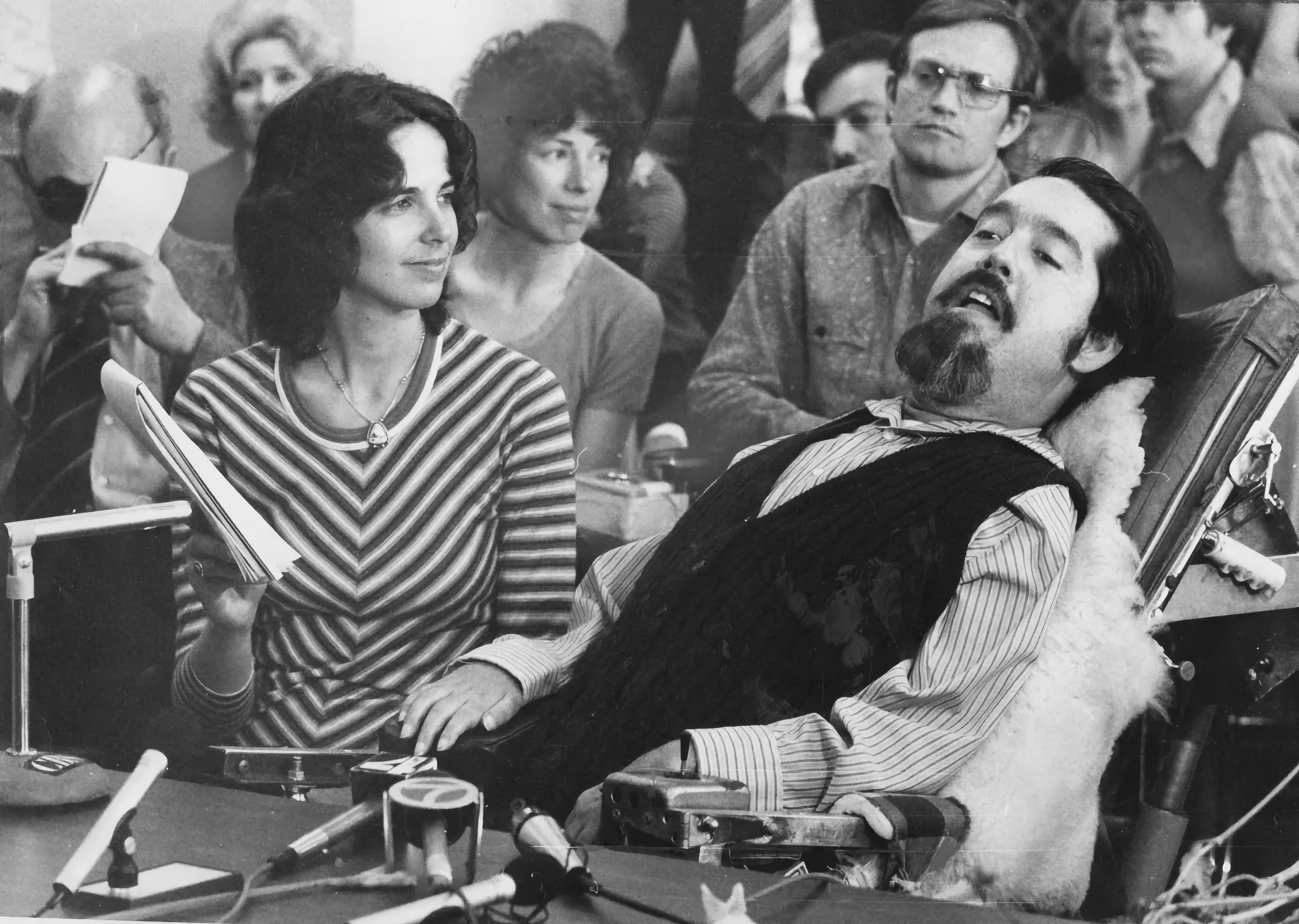Striving to remove barriers that prevent us from building Vibrant, Diverse, Inclusive, Accessible Communities!

Ed Roberts—paralyzed by polio in his early teens and now known as the father of the independent living movement—pushed as a young man to win People with Disabilities the resources to live in their communities rather than in “restrictive and often brutal institutions.” His activism led to independent living centers that assist with finding personal aides and signing people up for affordable, accessible housing to guarantee as much personal freedom and agency as possible.
Mentorship from his mother, Zona, shaped how he challenged decisions that blocked participation. When school officials said he could not graduate because of physical education and driver’s education requirements, she confronted them. Later, after the Department of Rehabilitation labeled him “infeasible,” they appealed through multiple levels of bureaucracy to secure support from the California Department of Rehabilitation—an organization he would later lead.
The interview explains why the Center for Independent Living in Berkeley was considered radical. In the early 1970s, some in vocational rehabilitation framed “independent living” as intensive skill training to do more without assistance. Leaders in Berkeley emphasized getting the right kinds of assistance under the direction of the person—disabled people helping disabled people—and the social support that came from owning the space. Roberts became “the troubadour who ran out and told everyone, ‘Look what we can do for ourselves,’” and centers spread—about 400 across the US—with ideas shared in Europe, Australia, Canada, and Japan.
Working from within California government, Roberts made expanding Centers for Independent Living a top priority. With support from Governor Jerry Brown, “many access laws” were passed—covering parks, government buildings, polling places, and more. He worked with Tom Bates and allies at the CIL, including Judy Heumann, to pass a bill funding 10 centers in the budget each year. The federal government took up independent living in 1978 while revising the 1973 Rehabilitation Act; hearings were arranged, initial funds were small but grew over time, and now there are over 400 centers nationwide. The interview also stresses that the movement’s leadership often skewed white and male, and it warns that today “we’re up against people who think people with disabilities don’t belong in society at all.” Roberts told young people to “take more risks,” pointing to visible, full lives—“We’re not just patients.”
Read the full article: The Radical Life of the Father of the Independent Living Movement
By: Julia Métraux
Share or Print with:

